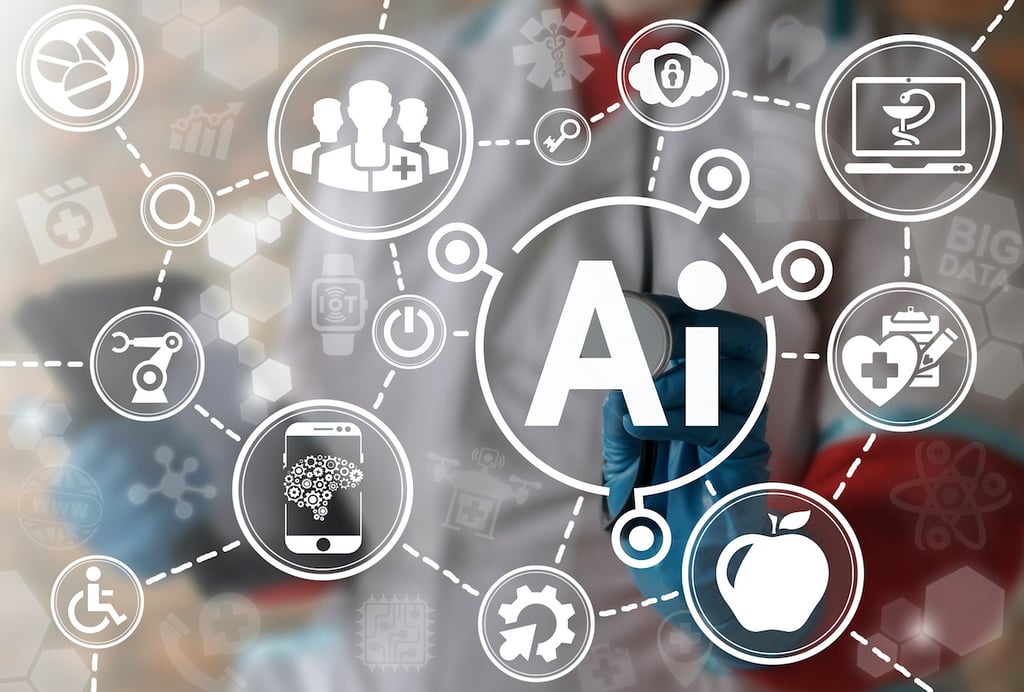When it comes to application and data integration, there are a lot of tasks that organizations wind up manually implementing multiple times over. Informatica today at the Informatica World 2017 conference announced the time has come to use artificial intelligence to automate application and data integration. Amit Walia, executive vice president and chief product officer […]
When it comes to application and data integration, there are a lot of tasks that organizations wind up manually implementing multiple times over. Informatica today at the Informatica World 2017 conference announced the time has come to use artificial intelligence to automate application and data integration.
Amit Walia, executive vice president and chief product officer for Informatica, says a CLAIRE Engine that aggregates metadata within an updated Informatica Intelligent Data Platform, an integration platform-as-a-service (iPaaS) environment that organizations can deploy locally or in a public cloud, can be used to identify data sets and their relationships to one another.
Walia says the CLAIRE Engine automatically identifies different types of data domains, such as people, products, codes, hire dates, locations and contact information, across databases and unstructured files. It can also identify an entity such as a purchase order or health record that may consist of a collection of data domains. Finally, CLAIRE can also take data tags from users, identify and cluster all similar data objects, and automatically tag and classify other data. The CLAIRE Engine then uses all that information to make recommendations on what data sets are best suited for any given project, says Walia.
The Informatica iPaaS itself consists of distinct modules for managing integrations, data quality and data governance and master data management that IT organizations can deploy together or individually. Within the iPaas environment, Walia says, all the modules are integrated using microservices and application programming interfaces.
“It’s not a monolithic approach,” says Walia.
Thanks to the rise of AI, Walia says the days when data management was an exercise in futility because data was strewn across the enterprise are coming to an end. That data still may be located anywhere. The difference now, says Walia, is that there’s a AI platform capable of both keeping track of and making sense of it all.
MV
Michael Vizard is a seasoned IT journalist, with nearly 30 years of experience writing and editing about enterprise IT issues. He is a contributor to publications including Programmableweb, IT Business Edge, CIOinsight and UBM Tech. He formerly was editorial director for Ziff-Davis Enterprise, where he launched the company’s custom content division, and has also served as editor in chief for CRN and InfoWorld. He also has held editorial positions at PC Week, Computerworld and Digital Review.








